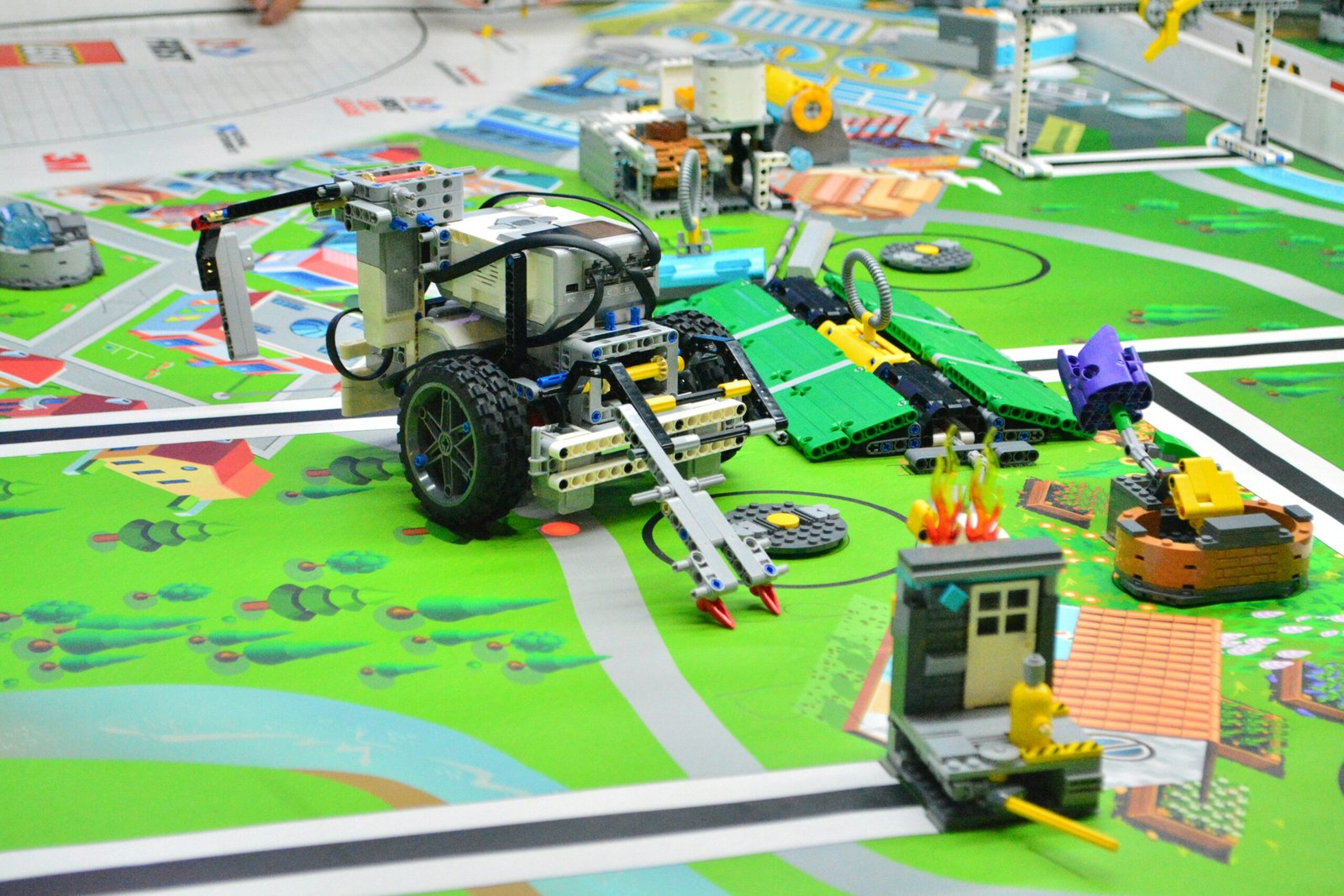
Introduction to Frog Habitability
Creating a suitable habitat for frogs is essential for their health and happiness. Frogs thrive in environments that replicate their natural ecosystems, providing warmth, moisture, and ample room for movement. In this tutorial, we will guide you through the steps necessary to create an optimal frog habitat.
Step 1: Selecting the Right Location
The first step in building a frog habitat is selecting an appropriate location. Look for a shaded area with access to water, as frogs are semiaquatic creatures. The ideal spot should be away from heavy foot traffic and direct sunlight to prevent overheating.
Step 2: Constructing the Habitat
Once you have chosen a location, you need to construct the habitat. Start by digging a shallow pond to provide water sources for the frogs. Next, line the bottom with smooth rocks to prevent any injury. Add aquatic plants such as water lilies or cattails to give the frogs hiding spots and to help establish a balanced ecosystem.
Step 3: Introducing Frogs
After setting up the habitat, it’s time to introduce the frogs. Choose species native to your region, as they will be best adapted to the local climate. A good practice is to start with a small number of frogs to ensure the habitat can sustain them. Regularly check the water quality and vegetation to maintain their environment.
By following these steps, you can successfully create a frog habitat that supports these fascinating amphibians, ensuring they thrive in a safe and nurturing environment.